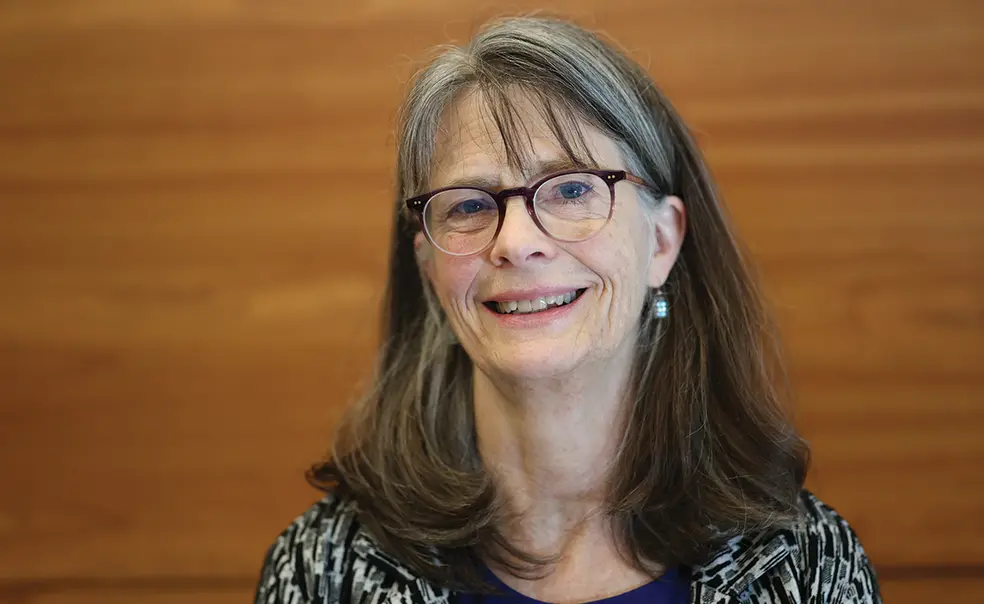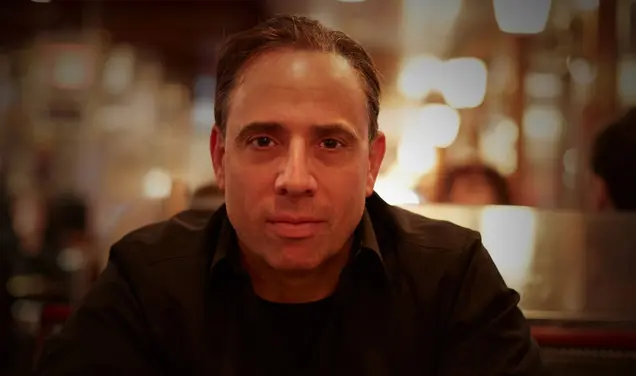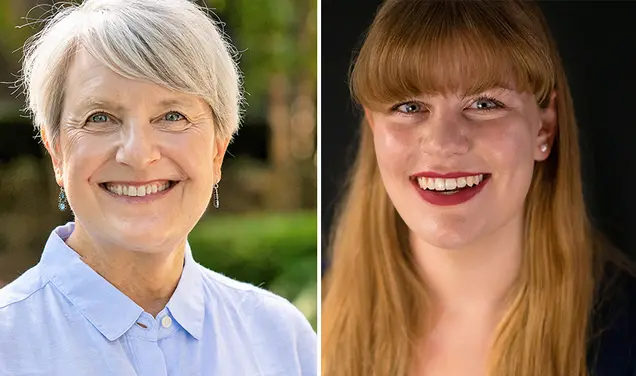Mary Brunkow *91 Wins Nobel Prize in Medicine for Work in Immunology
Brunkow’s work created the field of peripheral tolerance, a new branch of immunology
Mary Brunkow *91 woke up at 1:30 a.m. on Oct. 6 when her phone showed an incoming call from a Swedish number. She declined, assuming it was spam. After receiving another call, she put her phone on Do Not Disturb, as did her husband, who received calls from the same number after her. At 3 a.m. a photographer from the Associated Press showed up at Brunkow’s house and notified her husband, who opened the door, that she had won the Nobel Prize in Physiology or Medicine for creating the field of peripheral tolerance, a new branch of immunology.
“Over the course of a couple hours, it started becoming apparent that it was not an elaborate scam,” Brunkow said in an Oct. 7 news conference at the Institute for Systems Biology in Seattle, where she works as a senior program manager.
Brunkow shares the prize with Fred Ramsdell, a scientific adviser at Sonoma Biotheraputics in San Francisco, and Shimon Sakaguchi, a professor at the University of Osaka in Japan. The award recognizes the three “for groundbreaking discoveries concerning peripheral immune tolerance that prevents the immune system from harming the body.”
They identified regulatory T-cells, a previously unknown class of cells, which act as the immune system’s security guards to keep harmful immune responses in check. In 1995, Sakaguchi first discovered these cells and demonstrated that immune tolerance is not limited to the thymus through central tolerance, which many researchers were convinced of until then.
In 2001, Brunkow and Ramsdell discovered that a specific mouse strain carried a mutation in a gene that they named Foxp3. Their work explained why the mice were susceptible to autoimmune diseases and showed that mutations in humans are responsible for the severe autoimmune disorder IPEX, which can cause diarrhea, inflammation of the skin, and multiple disorders including diabetes.
Their discoveries paved the way for the development of treatments for autoimmune diseases, cancer, and other immune-related conditions.
“Our very basic discovery led to a very key understanding of ... one human condition, and from there, the basic biology and the basic science that’s gone into understanding further just how much those regulatory T-cells are involved in many different aspects and many different conditions has just snowballed and expanded around a lot of different labs,” Brunkow said in the news conference, adding that federal funding has been vital in her field.
In an interview with PAW, she explained how her research was conducted over two decades ago, but it takes a long time for these types of experiments and studies to be validated. “It’s so gratifying to see the progress that’s been made,” she said.
The three laureates will evenly divide the prize of 11 million Swedish kroner, or about $1.2 million.
President Christopher Eisgruber ’83, in a University press release, congratulated Brunkow, “whose trailblazing achievements illustrate the power of high-quality scientific research to improve human health and change our world for the better.”
While at Princeton, Brunkow conducted research in the lab of Shirley Tilghman, then a molecular biology professor and later Princeton’s president. The two co-authored papers on genes and development in mice.
Brunkow fondly recalled the “collaborative and friendly and fun” lab run by Tilghman, who she said was a “patient but demanding teacher.”
“She really teaches a scientific method and making arguments to defend your work and helping to figure out how to disseminate the work, which is really important,” she said.
Brunkow joins 53 Princeton faculty and alumni who have been awarded Nobel Prizes, according to the University’s website, including physiology or medicine laureates James Rothman, a former Princeton professor, and Eric Wieschaus, an emeritus professor of molecular biology.
Brunkow told PAW that current graduate students should listen to their hearts, work well with others, and be open to change when it comes to research.
“Lives and careers and the way you balance the whole thing with the rest of your life can change so much over time,” she said. “You have to stay open to it and accept those changes.”











1 Response
Rubiya Mammu
2 Months AgoInspiring Scientific Achievement
Huge congratulations to Mary Brunkow for the Nobel Prize! What an inspiring achievement. A proud moment for all of us in science!